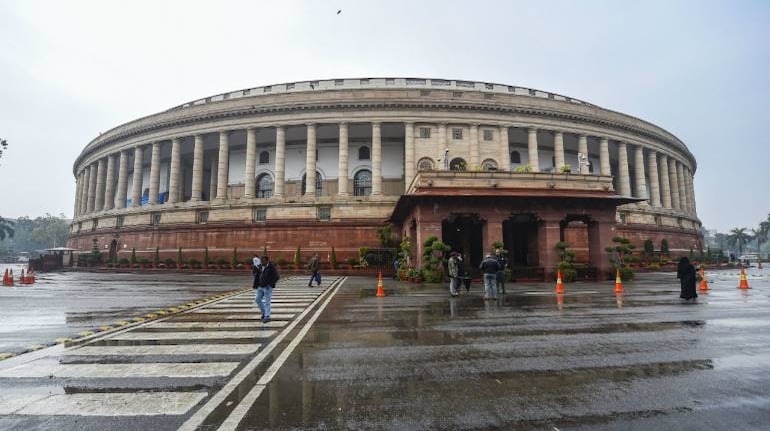



The Monsoon Session of Parliament is set to begin on September 14 amid the novel coronavirus pandemic and surging COVID-19 cases in the country.
The 18-day session will run until October 1 and will be held under strict safety protocols.
The last Budget Session of Parliament had to be curtailed because of the COVID-19 pandemic and both Houses were adjourned sine die on March 23.
As per convention, Parliament has to be convened before the end of six months from the last session.
What are the big changes?The two Houses – Lok Sabha and Rajya Sabha – will sit in shifts instead of sitting simultaneously, without any off days.
This is to make way for a special seating arrangement to help Members of Parliament (MPs) adhere to social distancing guidelines.
Except for the first day, Rajya Sabha will convene in the morning shift from 9 am till 1 pm and the Lok Sabha in evening shift from 3 pm to 7 pm.
The chambers of both houses along with their respective galleries will be used for sitting of the members in each shift.
The MPs will also be allowed to address the Chair while seated and wearing their masks so that the risk of infection might be minimised.
In between the two shifts, the entire complex will be sanitised.
A new seating arrangement following social distancing guidelines has been prepared by both houses for their respective members. Seats of MPs in both chambers have been partitioned using plastic sheets.
The two Houses together have more than 780 members at present. The Health Ministry has also suggested that the movement of MPs in chambers of both the Houses can be made unidirectional to avoid face-to-face interactions.
#WATCH: Partitioning in place and all arrangements being made in the Parliament in the wake of #COVID19, as #MonsoonSession is all set to commence on 14th September 2020. pic.twitter.com/0tg23zJfw8Arrangements— ANI (@ANI) September 10, 2020
Only those with a negative COVID-19 report would be granted entry to Parliament premises. Wearing a mask is mandatory. Over 4,000 people including MPs and staff have been tested for COVID-19, most parliamentary operations have been digitised. The entire complex has been sanitised and doors made touch-free.
Marshals will also wear masks and face shields.
Only MPs and Union Ministers will be allowed inside the main building. Necessary seating arrangements have been made for separate sitting of their personal staff in the complex
Frequent sanitisation of the entire Parliament complex will also be carried out. Arrangements have also been made to sanitise various parliamentary papers as well as footwear and cars of MPs.
Frisking of people will also make way for touch-less security scanning, while thermal scanning will also be totally touch-free.
For making the entire Parliament complex a safe zone in view of the COVID-19 pandemic, Lok Sabha Speaker Om Birla and Rajya Sabha Chairman M Venkaiah Naidu had held a series of extensive discussions with officials of the Home Ministry, Health Ministry, ICMR and the DRDO.
It has also been decided that air of air conditioners will be exchanged six times every day to avoid any possible infection.
The DRDO will also provide multi-utility COVID-19 kits to all MPs. It has also been decided that air of air conditioners will be exchanged six times every day to avoid any possible infection. The DRDO will also provide multi-utility COVID-19 kits to all MPs.
(With inputs from PTI)Discover the latest Business News, Sensex, and Nifty updates. Obtain Personal Finance insights, tax queries, and expert opinions on Moneycontrol or download the Moneycontrol App to stay updated!
Find the best of Al News in one place, specially curated for you every weekend.
Stay on top of the latest tech trends and biggest startup news.